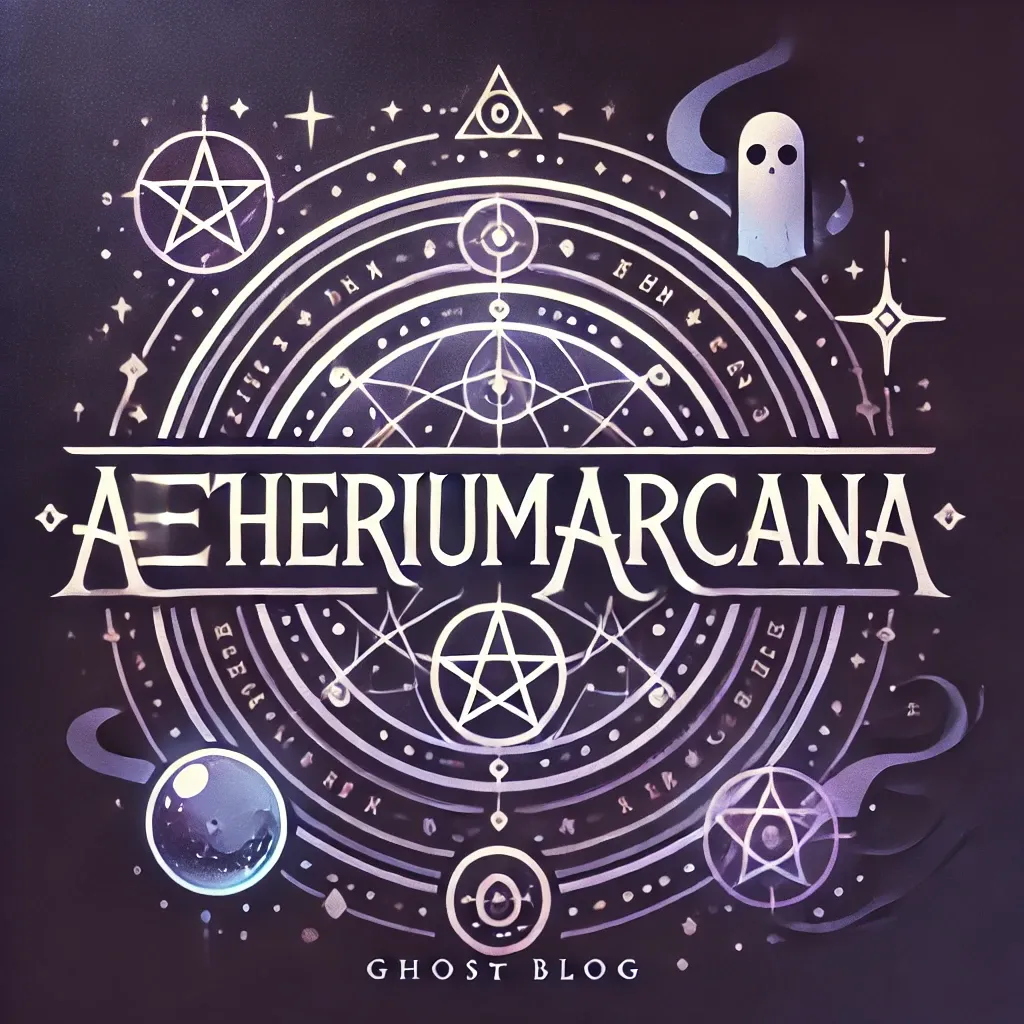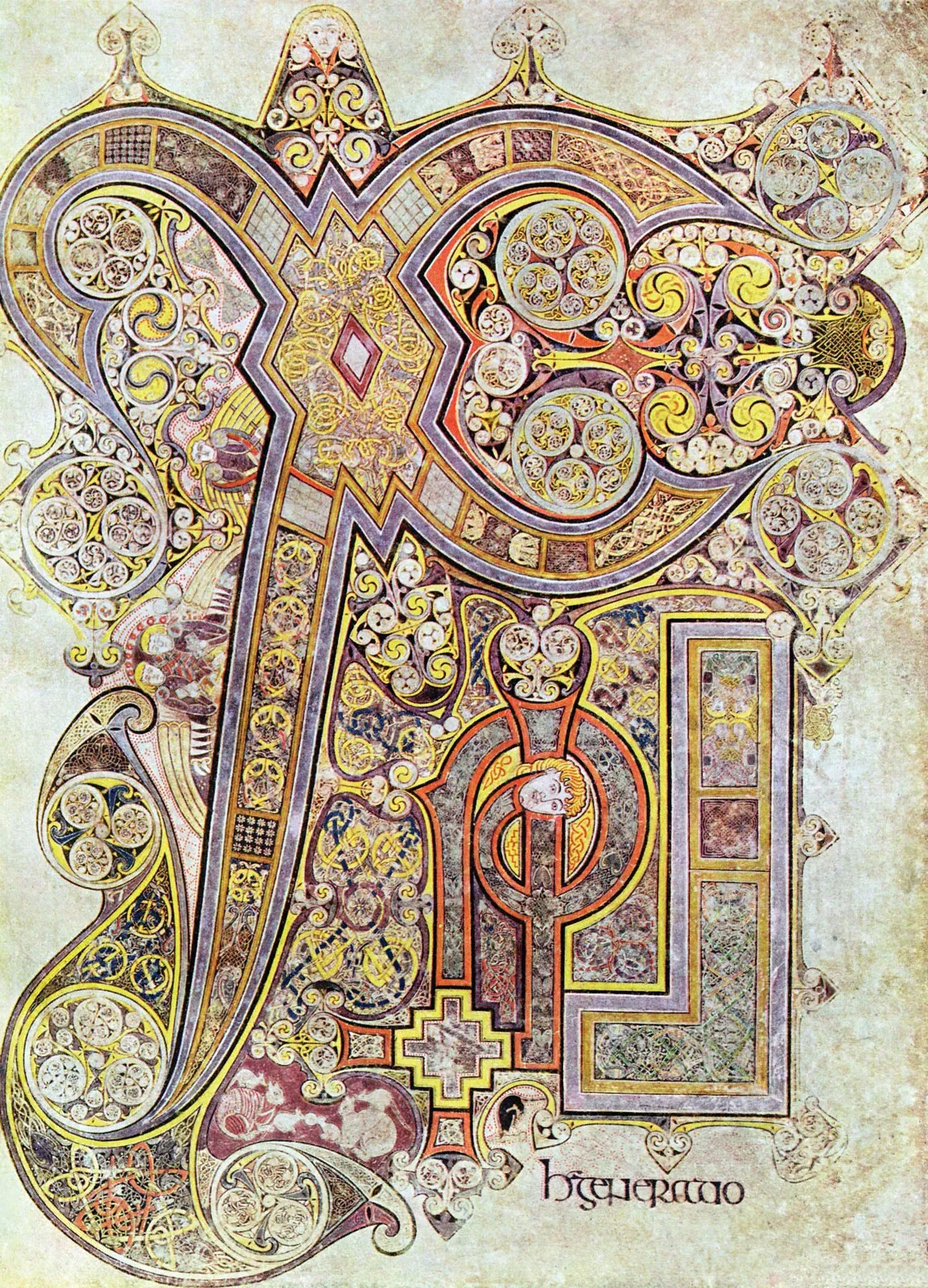In the swirling labyrinths of ink and the glint of sacred pigments, the Book of Kells contains more than the four Gospels. It offers a luminous window into the cultural convergence of two worlds—Christianity and the pre-Christian Celtic tradition. Far from being a straightforward Christian artifact, the manuscript pulses with the rhythm of an older, native spirituality. The monks who crafted it were not cultural tabulae rasae, but rather the inheritors of a complex symbolic language passed down through generations of druids, artisans, and oral poets. In their hands, the new religion was not merely transcribed—it was translated into the visual idiom of a people whose gods had been displaced, but whose vision remained vivid.
The Book of Kells emerges from a cultural matrix in which Christian theology was filtered through the lens of a pre-existing artistic and spiritual worldview. Its most striking visual elements—the dense interlace patterns, animal-human hybrids, spirals, key patterns, and vegetal forms—bear unmistakable resemblance to La Tène and Insular Celtic art, traditions that long predated the arrival of Christianity in Ireland. These motifs were not simply decorative. In earlier druidic and Celtic religious art, such designs conveyed cosmological meaning, metaphysical balance, and even encoded knowledge. The triple spiral, or triskele, for example—while not explicitly depicted in the Book of Kells—finds resonance in the trinitarian themes that echo throughout the manuscript. Where the druids might have used tripartite forms to represent the cyclical nature of life, death, and rebirth, the monks rendered them anew as symbols of the Father, Son, and Holy Spirit.
There is a deep, almost subterranean continuity between the druids’ reverence for nature and sacred number, and the monks’ obsessive devotion to symbolic form. The meticulous knotwork and recursive geometry of the Book of Kells suggest not just technical virtuosity, but a meditative discipline akin to the ritualized thinking of the druids. Every page is like a mandala, or a visual chant—a matrix of repeated symbols, interwoven to evoke contemplation, protection, and sacred presence. These patterns recall the oral and bardic techniques of pre-Christian Ireland, where poetic repetition and alliteration served not only aesthetic but mnemonic and magical functions. In some sense, the monks became the new druids, their illuminated manuscripts functioning as vessels of wisdom and guardians of mystery, even as the content of that mystery changed.
Moreover, the marginalia and animal symbolism of the manuscript speak to a lingering animism embedded within the Irish psyche. Cats, otters, peacocks, serpents—creatures of local and mythic resonance—prowl the edges of sacred text, not merely as distractions, but as sacred actors in their own right. In earlier Celtic tradition, animals were mediators between worlds, guides, and omens; their presence in the Book of Kells suggests a similar liminal function. The stylized birds, often interwoven with vines or perched beside evangelist portraits, evoke not only Biblical symbolism but also the mythic birds of the Otherworld in Celtic myth—those who could lull the soul into trance or transport it beyond the veil.
The color palette of the Book of Kells is itself a legacy of this syncretism. The monks employed imported materials like lapis lazuli alongside native ochres and copper greens, creating visual harmonies that may echo older druidic associations with color and the elements. In Irish myth, colors held esoteric meaning—white for death and the Otherworld, red for sovereignty and sacrifice, green for nature and healing. The vibrant hues of the manuscript may well have tapped into this symbolic matrix, infusing the Christian story with layers of unspoken resonance familiar to native viewers.
Perhaps most intriguingly, the Book of Kells seems to retain the Celtic aversion to literalism. In pre-Christian Irish cosmology, truth was conveyed through poetry, allegory, and vision. Direct representation—especially of the divine—was rare and even discouraged. This ethos is preserved in the manuscript’s abstract and symbolic treatment of holy figures. Christ is never depicted naturalistically, but rather through iconographic forms laden with symbolism. Even the famous Chi-Rho page, which introduces Christ’s name, is more of a cosmic event than a textual introduction. The letters explode into visual ecstasy, their spirals and beasts and geometric forms seeming to birth the Word itself out of a deep and eternal source. This is not doctrinal clarity—it is visionary experience.
The transition from druidic religion to monastic Christianity in Ireland was not so much a rupture as a metamorphosis. The Irish church, unlike the more Romanized centers of Europe, absorbed the native temperament rather than erasing it. The Book of Kells stands as a testament to this process—not a simple overlay of Christian content on Celtic form, but a true alchemical fusion. The druid’s staff may have been replaced by the monk’s quill, but the soul of the land spoke through both. The result is a manuscript that is not merely a holy book, but a mythic object—one that transcends its doctrinal origins and speaks across the centuries to something older, deeper, and wildly sacred.
In this way, the Book of Kells becomes not only a masterpiece of medieval art, but a luminous relic of spiritual continuity. It is Christianity dressed in the garments of an older world, whose gods had faded into legend, but whose language of form, color, and symbol was too beautiful to forget.


Member discussion: